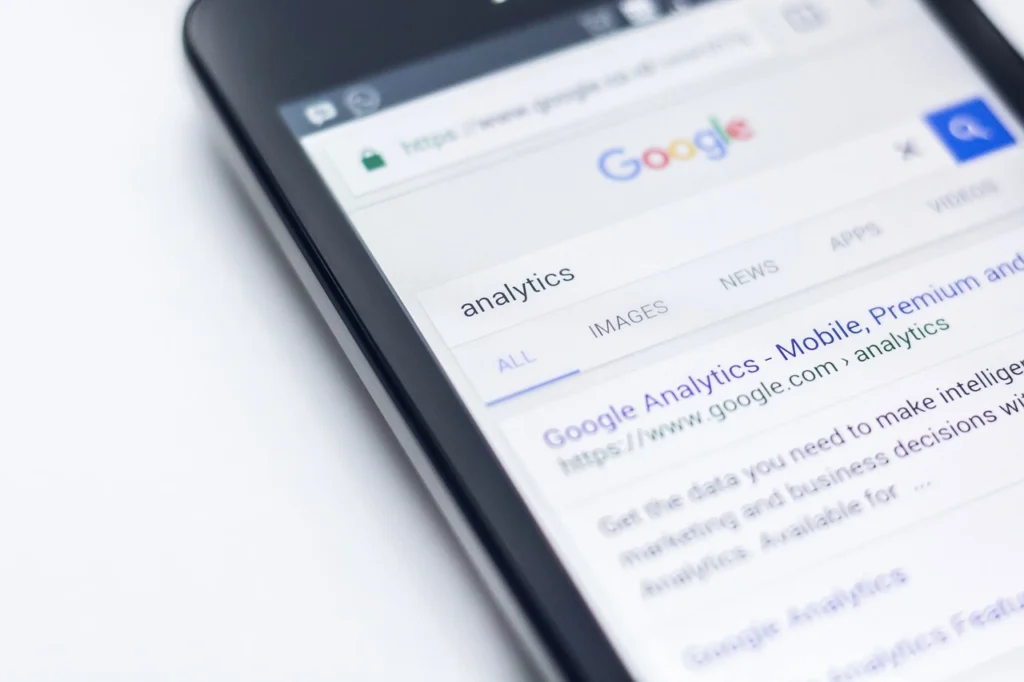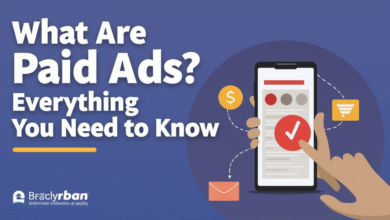Pros and Cons of Paid Search Advertising

In the ever-evolving digital landscape, paid search advertising has become a crucial tool for businesses looking to drive targeted traffic to their websites. Whether you’re a startup or an established brand, understanding the advantages and drawbacks of paid search can help you make informed marketing decisions.
According to Google Ads Support, factors like Quality Score and Ad Rank play a critical role in ad visibility and cost efficiency. Similarly, Neil Patel’s PPC Guide highlights the importance of structuring campaigns effectively to maximize return on investment (ROI).

Table of Contents
How Paid Search Advertising Works
Paid search, also known as pay-per-click (PPC) advertising, allows businesses to place ads on search engines like Google and Bing. Here’s how it works:
- Keyword Bidding – Advertisers bid on specific search terms relevant to their business.
- Ad Placement – Ads appear at the top of search results based on Ad Rank and Quality Score.
- Cost-Per-Click (CPC) – Businesses pay each time a user clicks on their ad.
- Performance Tracking – Metrics like click-through rate (CTR) and conversion rate help measure success.
Advantages of Paid Search Advertising
1. Immediate Visibility & Traffic
- Unlike organic search (SEO), which takes time to yield results, paid search ensures instant exposure.
- Ads appear at the top of search results, making them highly visible.
2. Highly Targeted Advertising
- Enables targeting based on keywords, demographics, location, and device.
- Uses remarketing strategies to re-engage past visitors.
3. Measurable and Scalable
- Provides access to real-time analytics to track performance.
- Adjust budgets and bids based on campaign results.
4. Full Budget Control
- Set daily and monthly spending limits.
- Scale campaigns based on ROI performance.
5. Competitive Advantage
- Allows businesses to outrank competitors in search results.
- Great for new businesses that need quick market penetration.

Disadvantages of Paid Search Advertising
1. Costly Investment
- Competitive industries have high CPC rates.
- Continuous investment is required to maintain rankings.
2. Requires Expertise
- Poorly managed campaigns lead to wasted ad spend.
- Requires knowledge of keyword research, bidding strategies, and ad copywriting.
3. Ad Fatigue & Limited Engagement
- Users may become desensitized to ads over time.
- Short ad copy restrictions limit message delivery.
4. No Long-Term Benefits
- Unlike SEO, paid ads stop generating traffic once the budget runs out.
- No residual value, as there is with organic content marketing.
Comparing Paid Search to Other Marketing Channels
Paid Search vs. SEO
- Paid Search: Immediate results but requires ongoing investment.
- SEO: Long-term strategy with sustainable traffic.
Paid Search vs. Social Media Ads
- Paid Search: Targets users actively searching for products.
- Social Media Ads: Better for brand awareness and engagement.
Best Practices for Paid Search Advertising
- Conduct thorough keyword research.
- Write compelling ad copy with strong call-to-action (CTA).
- Perform A/B testing to optimize ads.
- Monitor click-through rate (CTR) and conversion rates.
- Optimize landing pages for better performance.
For in-depth tips, check out WordStream’s Guide on writing effective ad copy.

Frequently Asked Questions (FAQs)
1. What is the average cost of paid search advertising?
- Costs vary by industry and keyword competition. Google Ads suggests an average CPC of $1 – $5 for most businesses.
2. How can I measure the success of my paid search campaigns?
- Track key metrics like CTR, conversion rate, cost per acquisition (CPA), and return on ad spend (ROAS).
3. Is paid search advertising suitable for small businesses?
- Yes, but proper budget allocation and keyword selection are crucial.
4. How does Quality Score impact ad performance?
- A higher Quality Score leads to lower CPCs and better ad placement.
5. Can I run paid search campaigns on platforms other than Google?
- Yes! Alternatives include Bing Ads, Amazon Ads, and social media PPC campaigns.
Conclusion
Paid search advertising is a powerful tool for businesses looking to drive targeted traffic and generate quick results. However, it requires careful budget management, expertise, and ongoing optimization. By weighing the pros and cons, businesses can determine whether it aligns with their digital marketing strategy.



